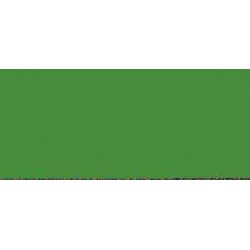There are tens of thousands of decals available covering a multitude of different models from trains, planes and...
No products
Product successfully added to your shopping cart
There are 0 items in your cart. There is 1 item in your cart.
Search Tips
How do I create seaweed?
I was talking to a very nice gentleman who asked me "what is the best way to create seaweed?" He wanted to affix it on the underside of a pier for his seaside layout.
I explained that there are various forms of scatter and foliage available, which when pulled apart could give the appearance of seaweed. But sometimes thinking outside the box can produce other alternatives. One such idea is tissue paper, not the stuff you would wrap a present in, but kitchen roll, pocket tissues or toilet roll.
By tearing the tissue paper into thin strips and adding some PVA glue, the paper will become malleable. This will allow for the tissue paper to be manipulated into any shape you want.
At this stage you can either fix the tissue to the model and allow to dry before painting or lay out the tissue to dry and then paint. Whichever method you use is fine.
When painting the seaweed, use two or three contrasting greens to create a natural look. Possibly start with a darker green base coat then graduate with lighter greens. You can achieve this by adding dabs of paint or dry brushing.
When the paint is dry and you are happy with the look, add a coat of gloss varnish to give it that slimy appearance.
Click here to receive the tips weekly in your mailbox. You can unsubscribe at any time.










